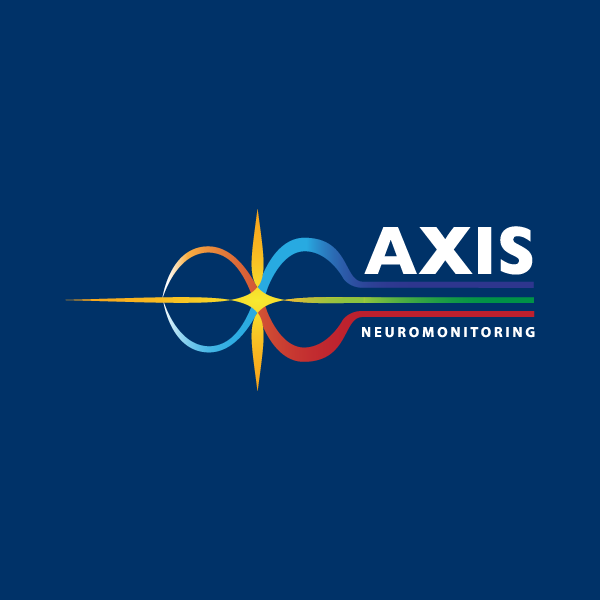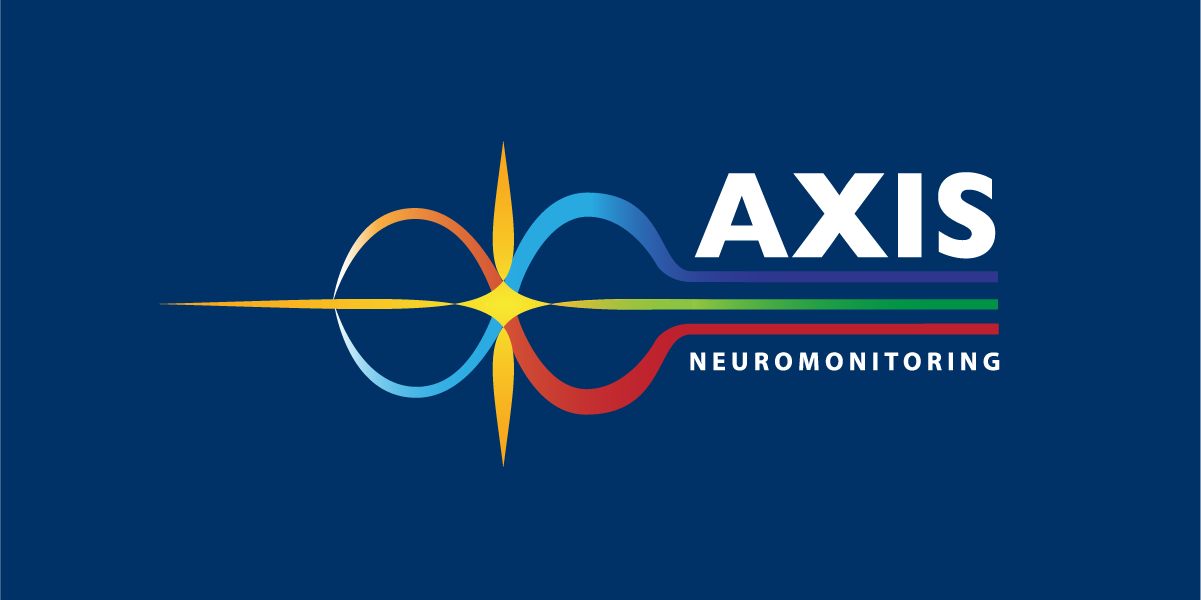Novel technologies underway to help those with spinal cord injuries move
By Admin | September 18, 2025
Transcutaneous spinal cord stimulation coupled with exercise has led to some improvements in people with spinal cord injuries, who often face likely lifelong impairment. However, a closer look at the selective control of individual joints, imperative for functional movement, has been overlooked in the research community.
A multidisciplinary team of researchers at Washington University in St. Louis plans to investigate the neural mechanisms behind various controls of transcutaneous spinal cord stimulation (tSCS) in generating different leg movements with a five-year, nearly $3 million grant from the Eunice Kennedy Shriver National Institute of Child Health & Human Development at the National Institutes of Health. By developing a clear understanding of these mechanisms, researchers expect to develop personalized therapies targeting specific muscles that need the most help.
Investigators on the research include Ismael Seáñez, assistant professor of biomedical engineering in the McKelvey School of Engineering and of neurosurgery at WashU Medicine; and three collaborators from WashU Medicine: Peter Brunner, associate professor of neurosurgery in the Taylor Family Department of Neurosurgery and of biomedical engineering in McKelvey Engineering; Jing Wang, professor of neurosurgery; and Simon Haroutounian, division chief, Division of Clinical and Translational Research, and division chief, Clinical Pain Research, Washington University Pain Center, in the Department of Anesthesiology.
TSCS delivers 30 Hz of continuous stimulation below the site of the spinal cord injury, but it can disrupt natural feedback from sensory nerve fibers that transmit information about body position and movement, which is needed for fine motor control. Previous work by Seáñez and his collaborators has shown that by selectively targeting individual muscle groups during some phases of movement, spatiotemporal control in implantable epidural spinal cord stimulation can mimic activation patterns in the spinal cord to allow walking, cycling, swimming and paddling a kayak. But researchers don’t know how spatial location, frequency and amplitude affect recruiting different neural pathways in noninvasive tSCS.
“It is critically important to determine how these parameters can be tuned to allow focused assistance to specific muscle groups during voluntary movement,” Seáñez said. “Without this knowledge, our ability to provide personalized, movement-specific assistance with...(More)
For more info please read, Novel technologies underway to help those with spinal cord injuries move, by WashU



